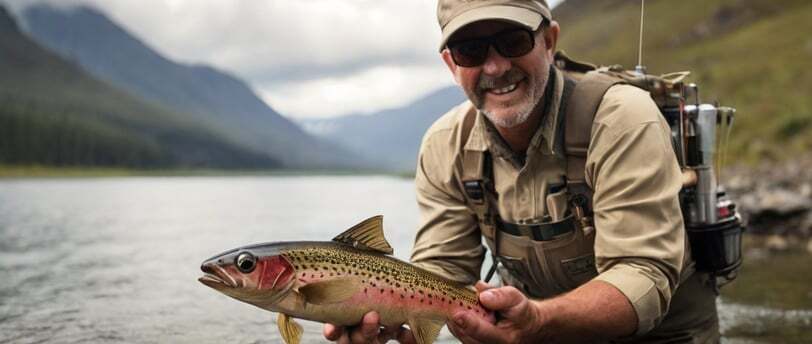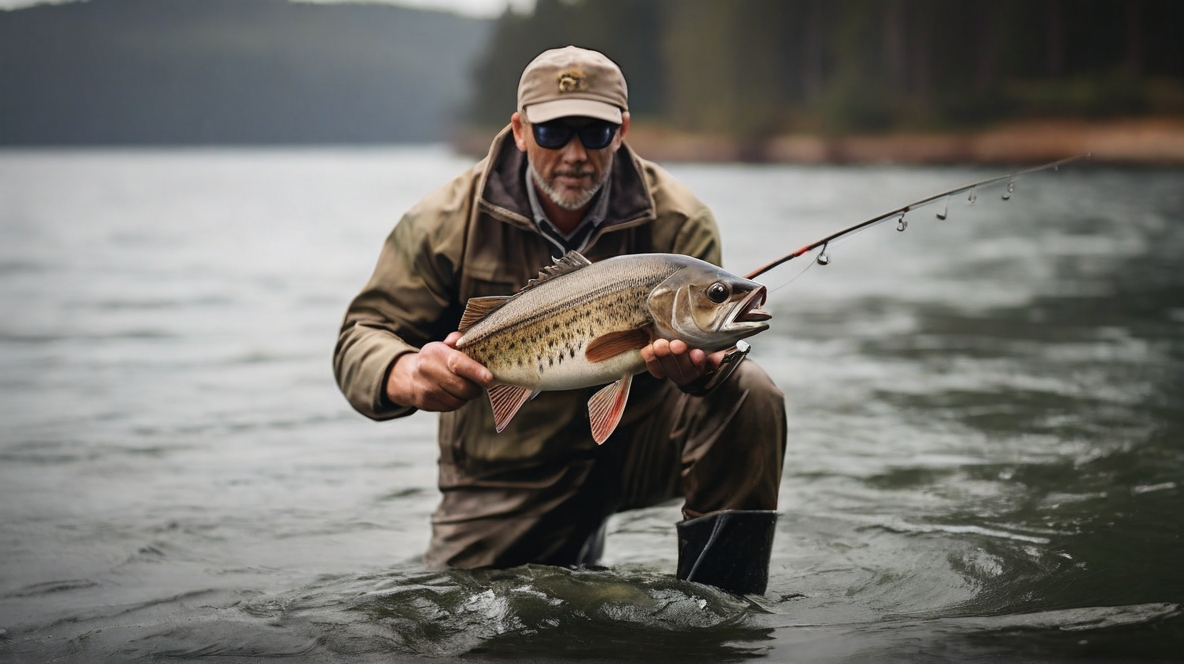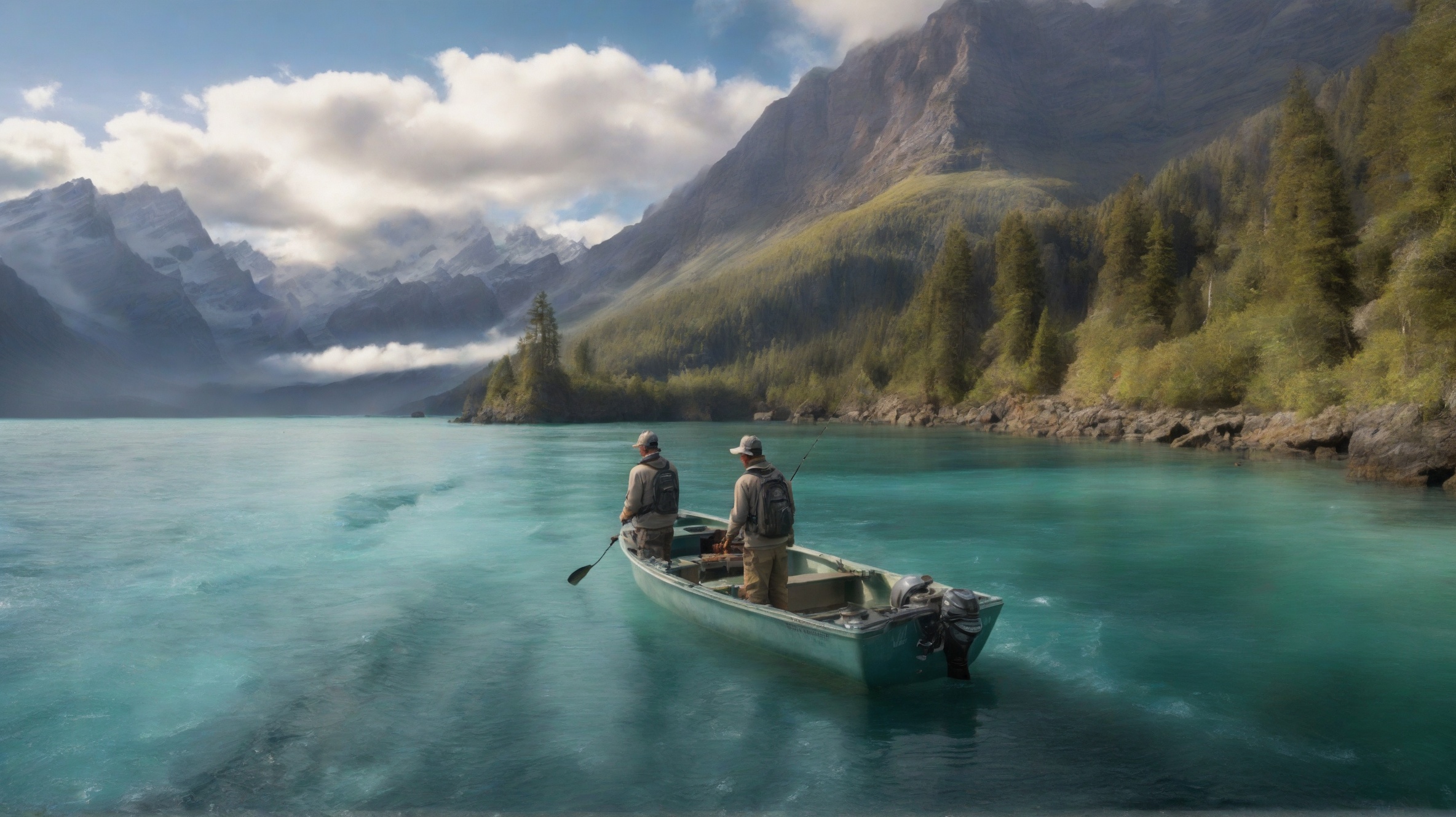Embark on a journey into the graceful world of fly fishing, an angling method steeped in tradition and artistry. Unlike any other fishing style, fly fishing is a symphony of skill, patience, and understanding of the natural world. It’s about becoming one with the river, reading its currents and rhythms, and presenting an artificial fly in such a convincing manner that it lures even the wariest fish. In this comprehensive exploration, we’ll dive into the essential techniques, unravel the mystery behind fly patterns, and share the indescribable thrill of catching a fish on the fly.
Understanding the Basics
Before you wade into the water, it’s crucial to grasp the fundamentals of fly fishing. It’s a unique dance between the angler, the rod, the line, and the fly. Learn how to cast with a rhythm that’s both precise and fluid, allowing the fly to land gently on the water’s surface. We’ll break down the basic techniques, from the overhead cast to the more advanced roll cast, and discuss the importance of stealth and subtlety in this delicate sport.
Fly fishing, often hailed as the contemplative art of angling, stands apart as a method that transcends mere fishing to become a captivating form of self-expression. This comprehensive guide aims to demystify the world of fly fishing, unraveling its intricacies for both novice anglers seeking an introduction and seasoned fly fishers looking to deepen their understanding. From understanding the fundamental principles to selecting the right gear and mastering casting techniques, this guide is your gateway to the enthralling realm of fly fishing.
What is Fly Fishing?
At its core, fly fishing is a unique and elegant angling technique that involves using a specialized artificial fly to lure fish. Unlike conventional fishing, where bait or lures are cast using a spinning or baitcasting rod, fly fishing employs a distinct casting method that relies on the weight of the fly line to carry the lightweight artificial fly to the target.
The Fly Fishing Setup:
- Fly Rod: Typically longer and more flexible than conventional rods, fly rods are designed to cast the lightweight fly line.
- Fly Reel: The fly reel serves to store and retrieve the fly line. Unlike traditional reels, it plays a minimal role in the casting process.
- Fly Line: Comprising a core and outer coating, the fly line is crucial for casting the artificial fly accurately.
- Leader and Tippet: These sections of monofilament or fluorocarbon connect the fly line to the artificial fly, providing a gradual taper for a smooth presentation.
The Art of Fly Casting:
- Backcast and Forward Cast: Unlike conventional casting, fly casting involves a distinct back-and-forth motion, utilizing the flexibility of the fly rod to generate line speed and accuracy.
- Roll Cast and Double Haul: Advanced casting techniques, such as the roll cast and double haul, enhance the angler’s ability to cast effectively in various conditions.
Selecting the Right Fly: Choosing the right fly is a critical aspect of successful fly fishing. Flies are meticulously crafted imitations of aquatic insects, baitfish, or other prey species. Understanding the entomology of the water and the fish species you’re targeting is essential.
Types of Fishing Flies:
- Dry Flies: Designed to float on the water’s surface, dry flies imitate adult insects like mayflies and caddisflies. They are used when fish are actively feeding on the surface.
- Wet Flies: Submerged below the water’s surface, wet flies mimic nymphs, larvae, or emergers. They are effective when fish are feeding beneath the surface.
- Streamers: Larger, more substantial patterns designed to imitate baitfish. Streamers are retrieved through the water to attract predatory fish.
Matching the Hatch: Observing the local insect hatch is crucial for selecting the right fly. By identifying the prevalent insects in the water, anglers can choose imitations that closely match the size, color, and behavior of the natural prey.
Fly Fishing Techniques
- Dry Fly Fishing: The art of presenting a dry fly on the water’s surface and enticing fish to rise for it.
- Nymph Fishing: Fishing subsurface with imitations of aquatic insect nymphs, larvae, or emergers.
- Streamer Fishing: Employing streamers to mimic baitfish and trigger aggressive strikes from predatory fish.
Conclusion: Fly fishing is not merely a fishing method; it’s an immersive experience that demands an understanding of aquatic ecosystems, insect behavior, and the delicate balance between angler and fish. This comprehensive guide provides a solid foundation for those venturing into the enchanting world of fly fishing and serves as a valuable resource for refining the skills of seasoned anglers. From selecting the right gear to mastering casting techniques and understanding the nuances of fly selection, this guide is your key to unlocking the artistry of fly fishing. As you embark on your fly fishing journey, may each cast bring you closer to the rhythm of the river and the thrill of the catch. Happy fly fishing!









